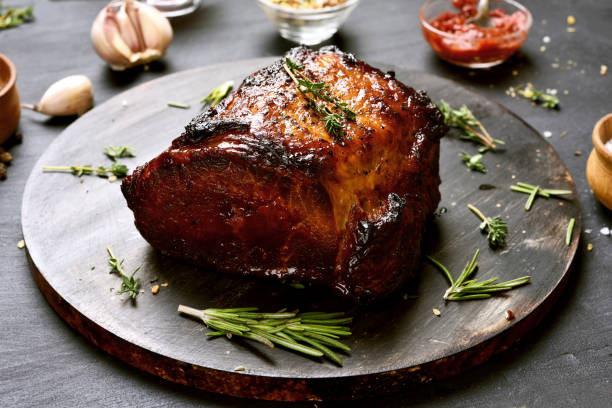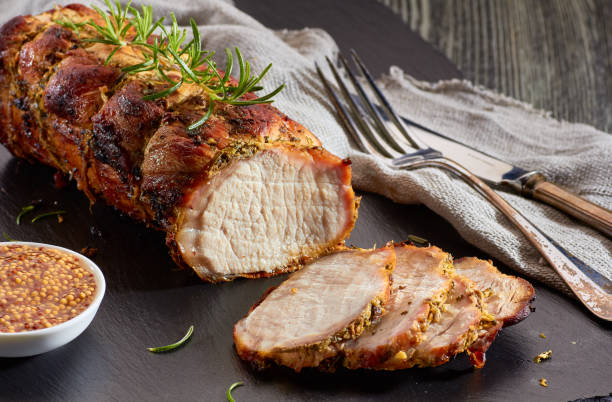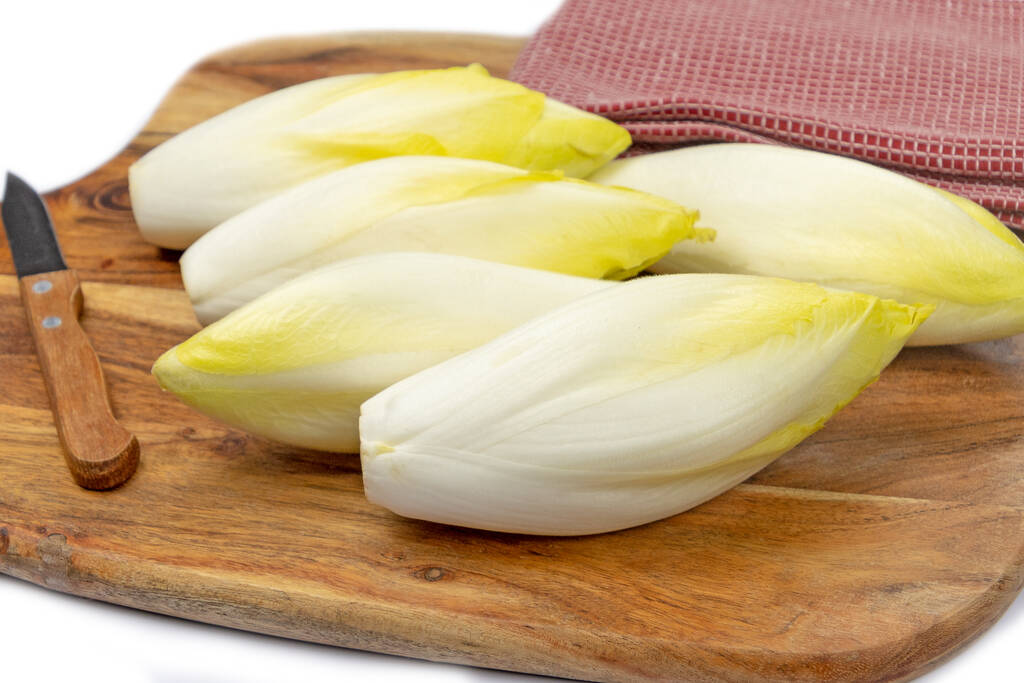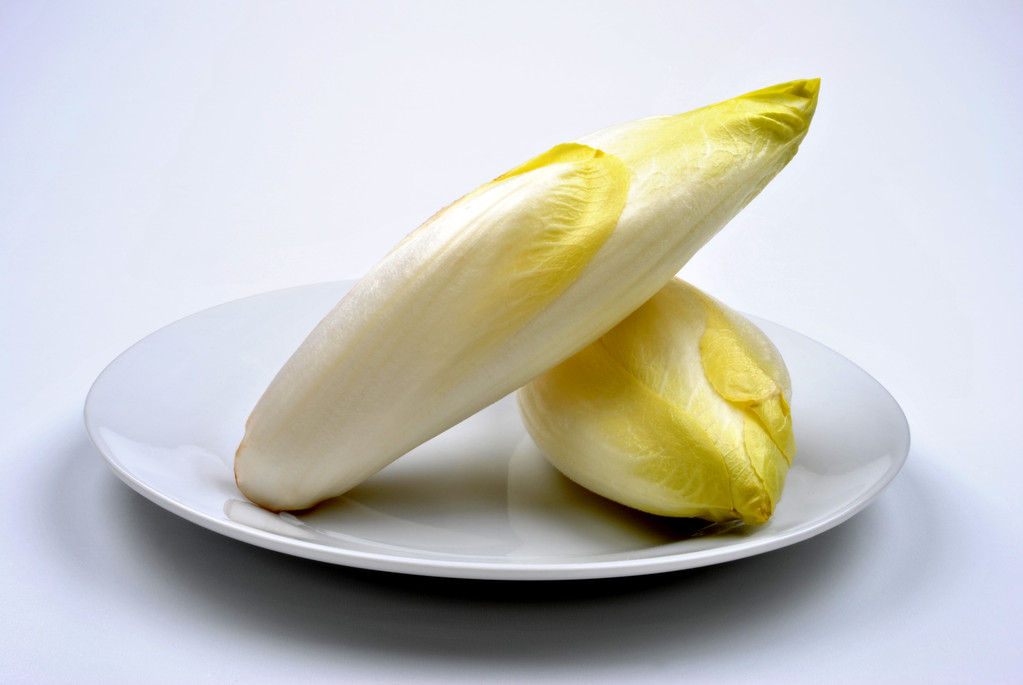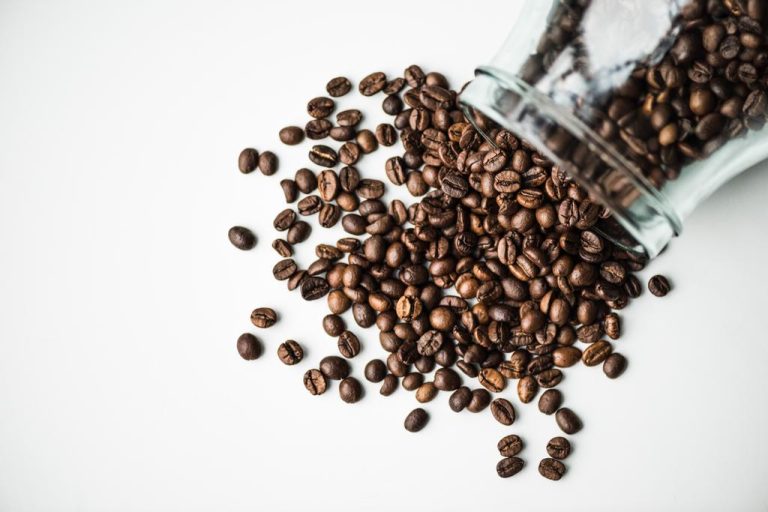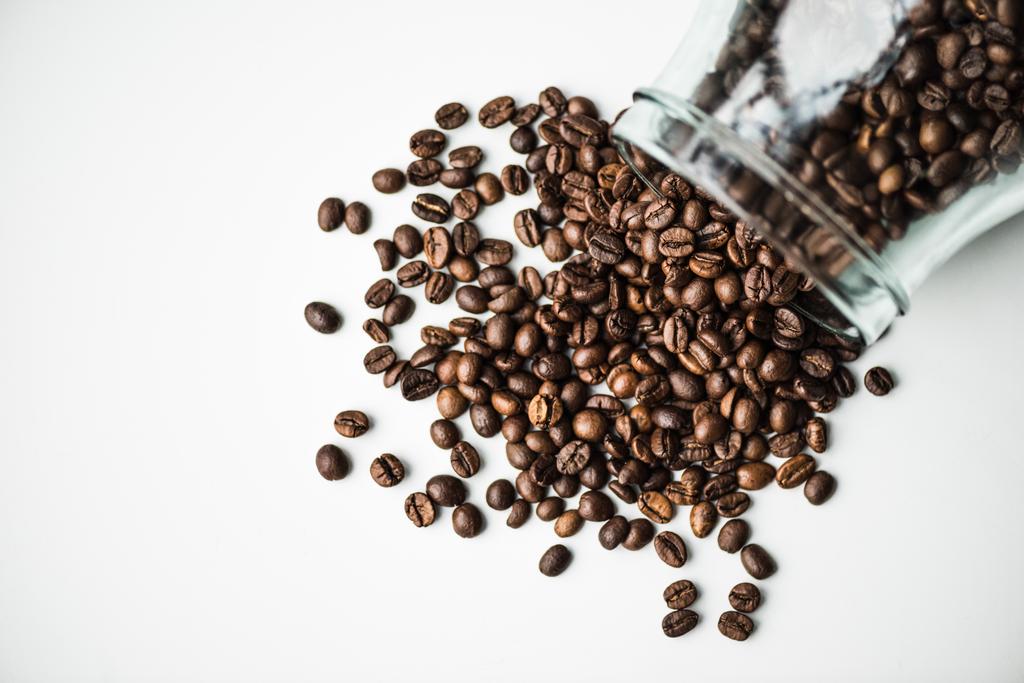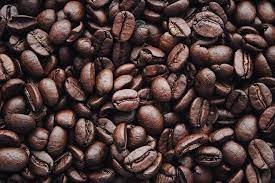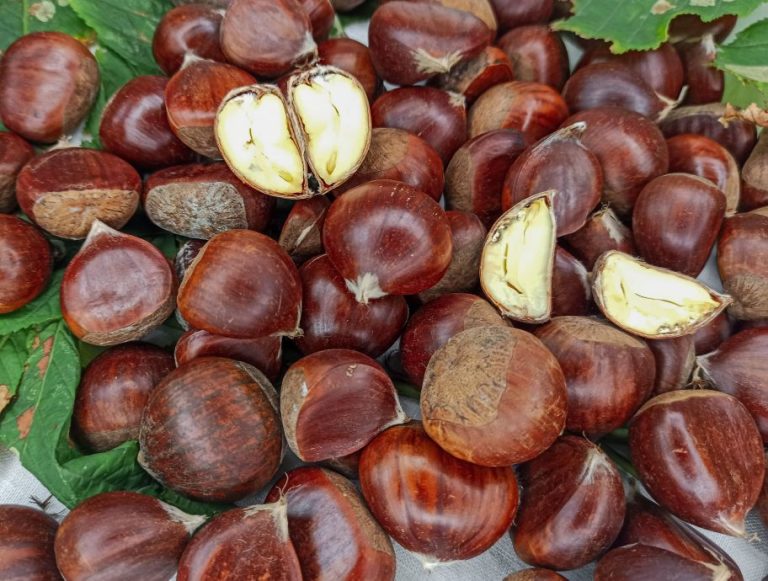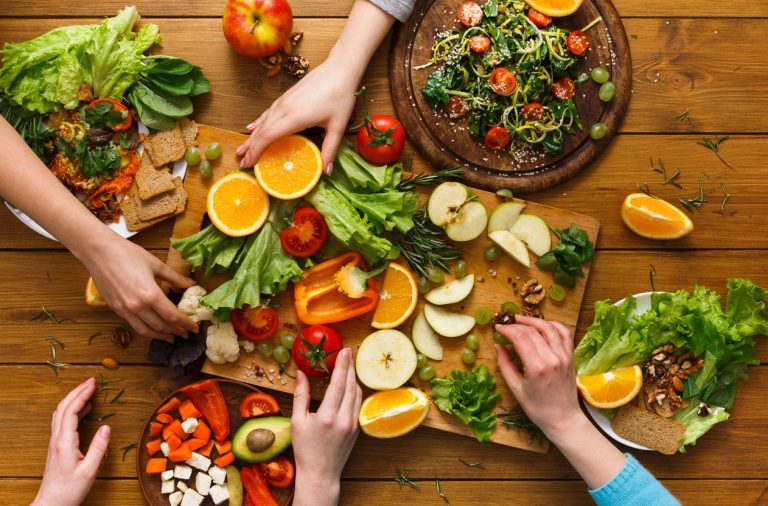Turkey roast is an excellent alternative to pork and beef roast. It has fewer calories and is very tender and mild in taste.
The turkey roast offers an alternative to pork and beef roast and is also lower in calories. The amaretto sauce gives the dish a very special touch and underlines the delicate taste of the turkey. Rosemary potatoes are a good side dish, as they soak up the sauce well.
Ingredients for 4 persons
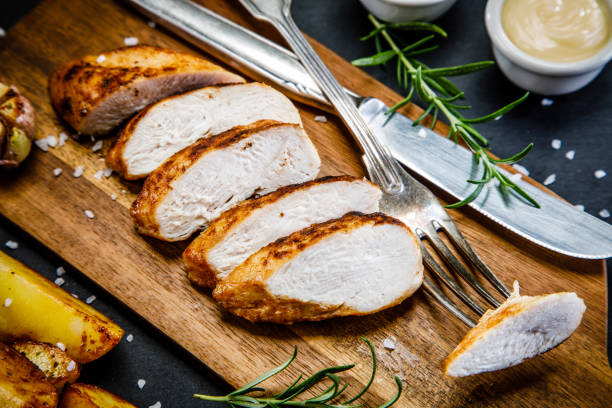
– 2 medium onions
– 4 cloves of garlic
– 3 tbsp oil
– 250g spinach leaves
– 1 kg roast turkey
– 8 slices of smoked ham
– 4 slices of young Gouda
– 4 tablespoons of clarified butter
– 600 ml chicken stock
– 4cl amaretto
– 8 tbsp tomato paste
– 150 g of crème fraîche
– Salt
– Pepper
– Nutmeg
Preparation of the rolled roast
As a first step, peel the onions and cut them into small cubes. Peel and chop the garlic cloves or crush them with a garlic press. Then heat some oil or in a pan and add the onion pieces and garlic until they are cooked translucent. Next, add the spinach and season with salt, pepper, and nutmeg.
Wash and dry the roast turkey and place it on the work surface. Since the usually quite round roast is to be turned into a roll, it is necessary to flatten the roast. To do this, make a so-called butterfly cut. Using a large knife, cut across the roast, but not through it. It is important that you do not cut against the grain of the meat but with it. Then unfold the parts of the roast that are still connected at the end. If the roast doesn’t seem big or thin enough for you, you can repeat this process a little higher from the other side so that you can open the roast into three parts. Now use a meat mallet to pound the roast to desired thickness, 1-1.5cm seems ideal for rolling. Then season the roast with salt and pepper and cover the inside first with the ham and then with the cheese. Finally, add the spinach and roll up the roast. To secure it, tie the roll together with twine. Then sear them on all sides and put them in the oven at 120°C for 1 hour.
Preparation of the sauce
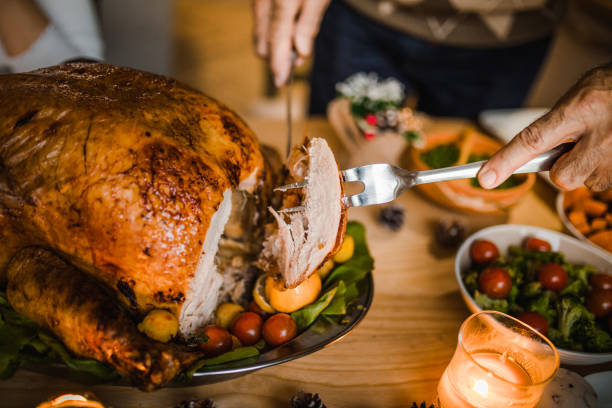
Boil the vegetable broth with the amaretto and then add the tomato paste and the crème fraîche. Mix the sauce well and let it simmer for about 10 minutes at a low temperature.
Useful additional knowledge
When serving, you can cut the rolled roast into slices and arrange them in the saucepan. Don’t forget to remove the binding thread beforehand though. Do not use wooden or metal skewers to hold the roll together or the cheese and meat juices will spill out from the inside.



